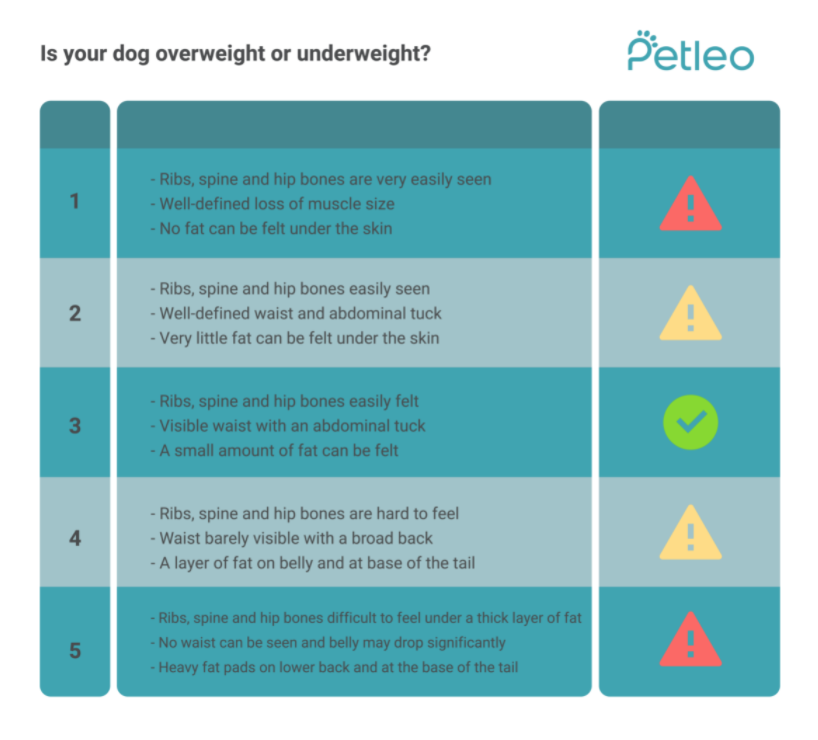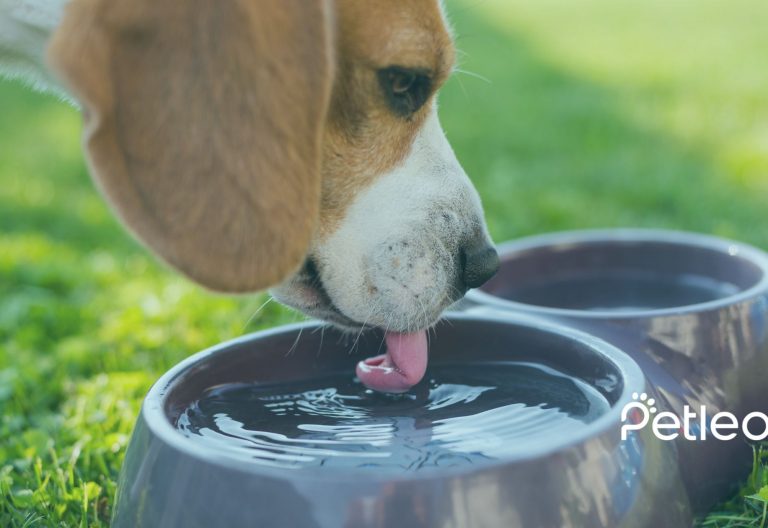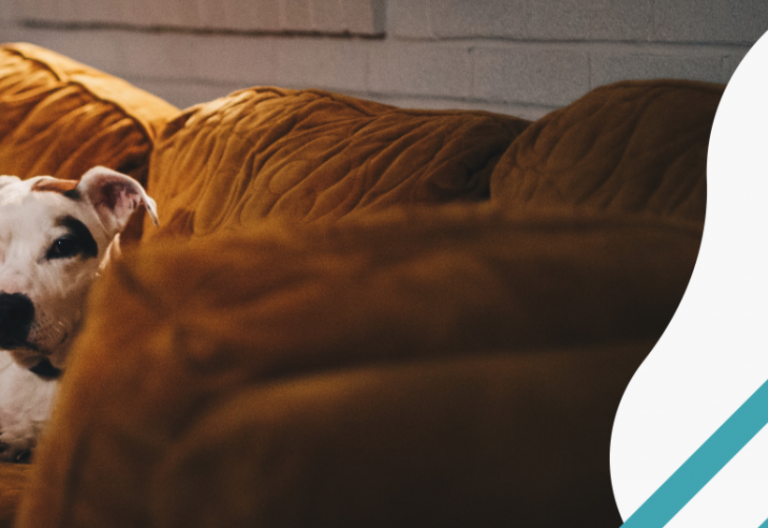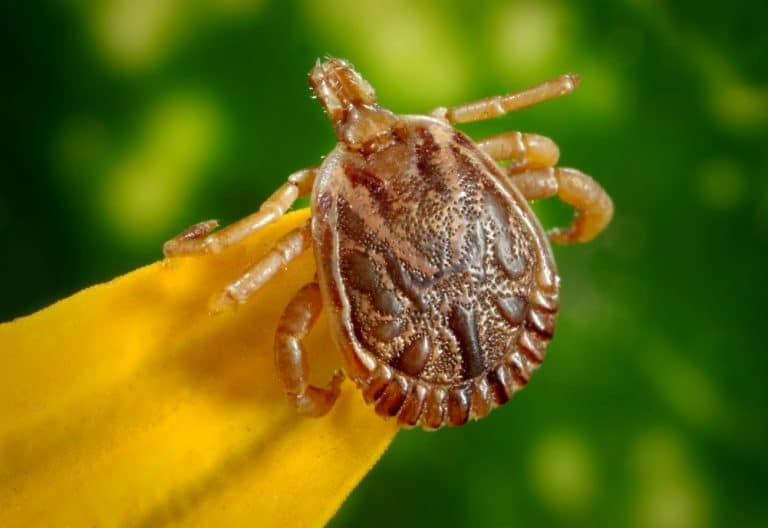Some pet parents think that having an obese or overweight pet is something to be proud of and even that is funny. Maybe even you are thinking that your beloved friend is a bit overweight, but if he looks happy and healthy, what else matters, right? However, the truth hurts. Did you know that obese pets die younger?
Don’t worry though, obesity is both preventable and curable and with the help of this article, you will learn how to prevent and treat obesity.
Body Condition Score
The best diagnosis should be made by calculating the body condition score. Dogs and cats with a Body Condition Score above 3 are considered overweight and obese.
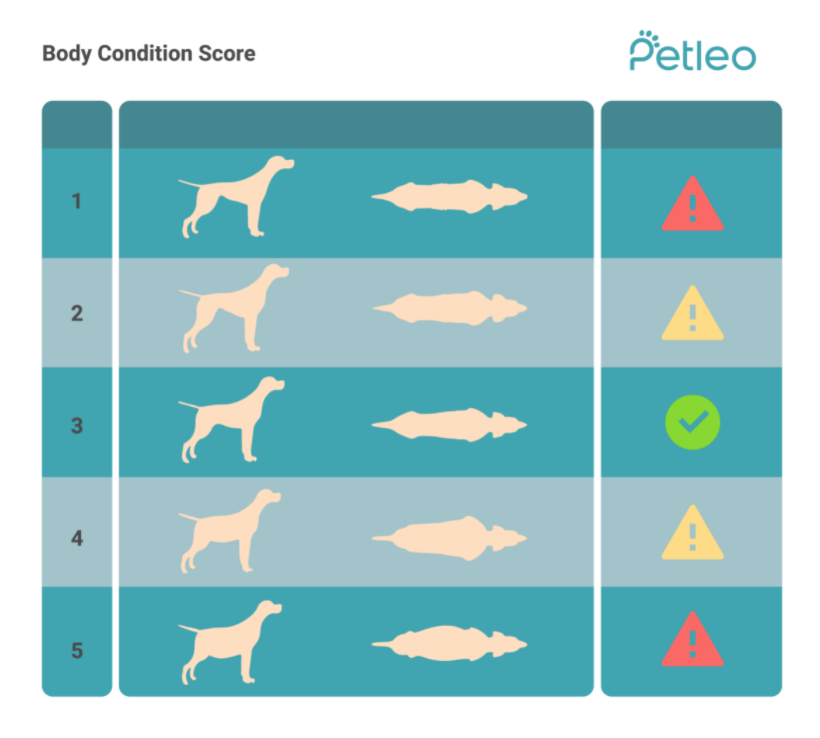
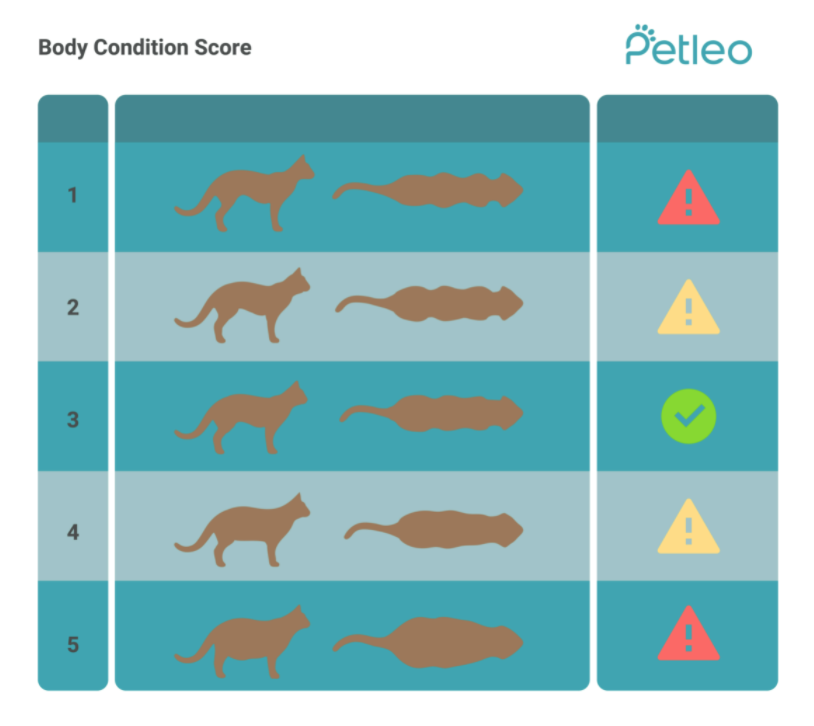
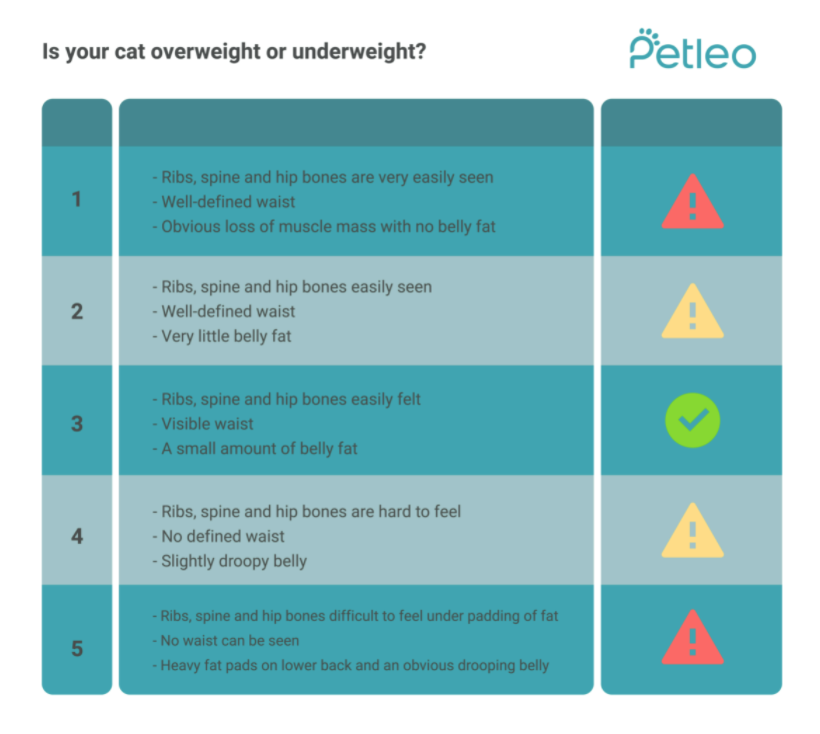
Is my dog/cat obese or overweight?
Diagnosing overweight and obesity in animals are more complex than in humans since there are many different breeds in pets.
The best diagnosis should be made by calculating the body condition score.
Measurement of body weight is another method which is necessary for the diagnosis of obesity. In dogs and cats, overweight means that the body weight is over more than 110-120% of the ideal weight and obesity means that the body weight is over more than 120% of the ideal weight.
Studies have also shown that the number of obesity and overweight cases has increased in the last 5 years (1).
Treatment of obesity and overweight in dogs and cats
Firstly, if there is a disease that causes obesity, it should be treated. Once these diseases have been treated, your cat or dog may return to their ideal weight.
If there is no underlying disease that causes obesity or overweight, obesity should be treated.
There are 3 main factors that make the obesity treatment successful:
- Change in behaviour of the owner (yes, exactly it is you 🙂 )
- Regulation of nutrition
- Increase in physical activity
Change in the behaviour of the owner
First of all, the most important factor in the treatment is changing the behaviour of the pet owner. That’s why we should change our own perception and behaviour towards obesity.
- If your dog or cat is overweight, recognize this problem, accept it and don’t ignore it.
- Obesity is not an aesthetic problem for your cat and dog. It causes many diseases and reduces not only your pet’s quality of life, also the life span.
- Be determined to follow the diet and exercise plans created by your veterinarian.
Regulation of nutrition
It can be done in many ways. Here are some tips for you:
- You can use smaller food containers than before.
- Do not give reward food every time your or dog begs. If you’re determined, they will get used to it over time 🙂
- If you have more than one cat or dog in your house, you can feed them in different rooms or in different cages, separately. Most of the time, dogs tend to eat cats’ food. In order to keep your dog away from cat food, you can put the cat food out of its reach (over the table, counter etc.)
- Automatic feeders can also be used to feed a certain amount at regular intervals.
- Like us, rapid weight loss can negatively affect the weight loss of your cat and dog. The amount of daily nutrition should be determined to provide 1-2% loss of body weight per week. Rapid weight loss can trigger weight gain again when the targeted weight loss occurs (2).
- Keep your dog’s and cat’s 1-week eating diary. You can reduce their daily calorie intake by 10-20% after determining the average daily amount of food.
- Calorie intake should be reduced. The use of medical diets with increased nutritional but low calories is recommended for weight loss.
- It has been observed that the use of wet food (with high humidity) in cats works for short-term weight loss.
- Reducing the use of treats or not giving human food to animals help maintaining weight. You should pay attention to the calorie amount of daily treats.
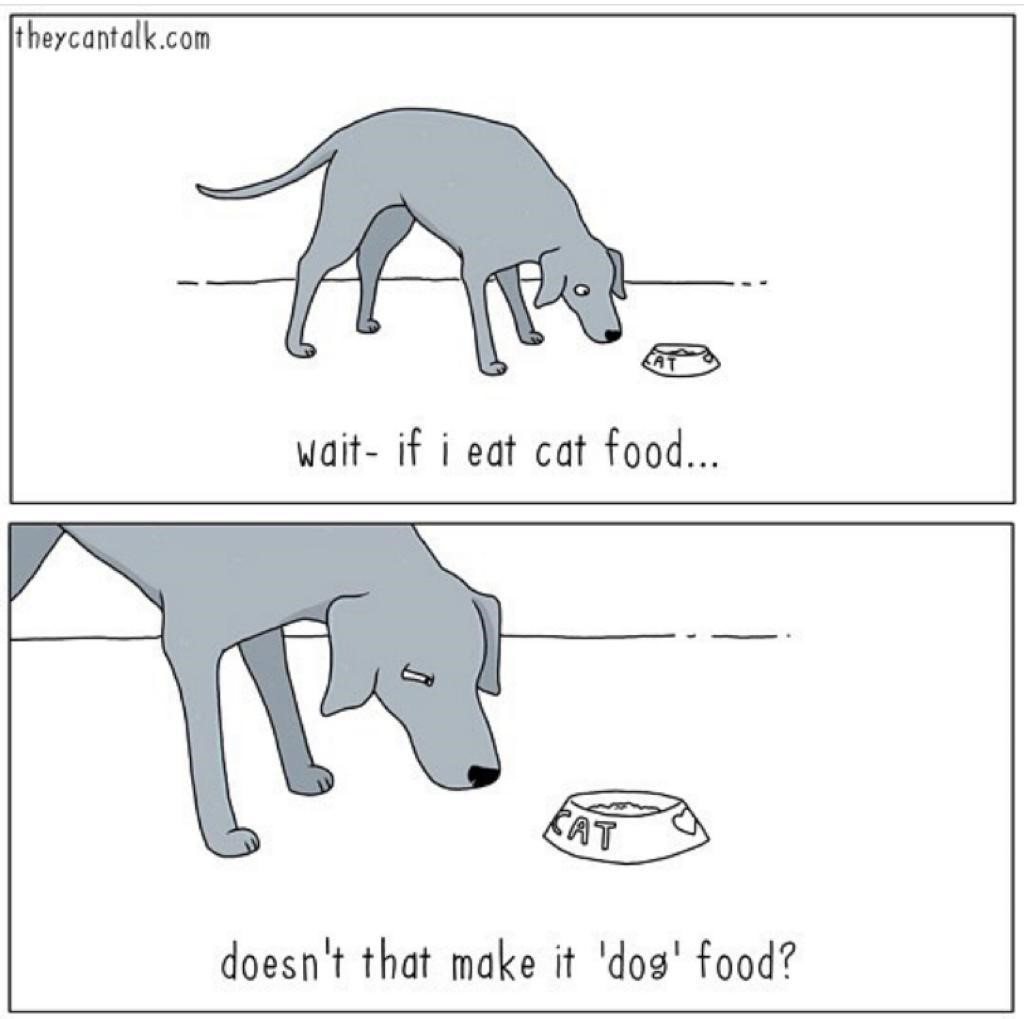
Increasing physical activity
Preparing the amount of food and energy in accordance with the diet and increasing physical activity are the factors that support each other in reaching the ideal weight of your dog and cat.
As the animal owner, find the activity that best suits your dog and you.
- Walk your dog at least 20 minutes twice a day. If your cat is an indoor cat, you can practice leash training and walk for at least 15 minutes a day. In addition to leash training, do environmental enrichment for your cat.
- Find and play the games that you and your dog or cat like. Try to find out their favourite game 🙂
- Food balls or food containers that support activity such puzzle/ maze feeders also work. These products both reduce food intake and increase activity during eating (2).
How to prevent obesity
- For the cats, the critical phase for obesity is the first 12 months of age. For dogs, it is between 12 and 24 months. During these time periods, weight measurements should be done regularly.
- The growth rate in the weight should be checked by measuring it during the first vaccination and re-measuring it in the 2nd vaccination. Especially cats that grow faster than normal are at risk of becoming obese in the future.
- After neutering, the weight of cats and dogs should be checked regularly and weight gain should be prevented.
Monitoring the ideal weight in adult cats and dogs:
- Be aware of abnormal weight gain.
- Regularly check your cat and dog’s normal weight and BCS (see image 1). Determine the weight of your pet at which the BCS is level 3 during early maturation. This weight is your pet’s ideal weight and you can base it on your ideal weight for the rest of your life.
- If there is change in your dog’s/ cat’s routine life, you should check their weight more often. These changes may be diseases such as kidney failure, orthopedic problems, or changing the food type/ formula. In such cases, regular weight control can help prevent weight loss or increase.
- Use the food, according to your pet’s preference. You can try using different feed methods like puzzle feeders and smart bowls (3).
Obesity remains a common and increasing problem in cats and dogs. Although it is a treatable health problem, we should try first to prevent the development of the obesity. Clearly, it is in our hands. In order to understand your pet’s ideal body condition score, using an appropriate food and adequate activity will help you to keep your pet healthy.
References:
- (German, A. J. (2006). The growing problem of obesity in dogs and cats. The Journal of nutrition, 136(7), 1940S-1946S.)
- (Murphy, M. (2016). Obesity treatment: environment and behavior modification. Veterinary Clinics: Small Animal Practice, 46(5), 883-898.)
- (German, A. J. (2016). Obesity prevention and weight maintenance after loss. Veterinary Clinics: Small Animal Practice, 46(5), 913-929.)
- Comic: www.theycantalk.com

